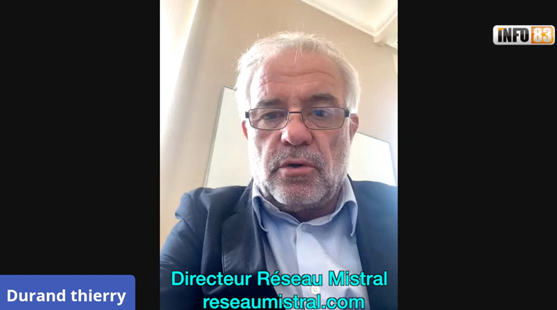


A possible explanation for the dual role of colibactin in EcN may be that the pks island codes for additional bioactive compounds distinct from colibactin and involved in the probiotic activity 16, 24. The probiotic activity of EcN can apparently not be dissociated from its genotoxic activity, since inactivation of clbA required for the activation of the NRPS and PKS enzymes leading to colibactin production also attenuates the probiotic activity of EcN in experimental colitis 23. Surprisingly, although colibactin was shown to be a bona fide virulence factor and a putative carcinogenic agent 13, this genotoxin is also produced by EcN. The precolibactin is then cleaved by peptidase ClbP to liberate colibactin and N-myristoyl-D-Asn (C14Asn OH Fig. The NRPS-PKS assembly line continues the synthesis of precolibactin compound(s) using malonyl-coA and different amino acids 18, 19, 20 as substrates. Following activation by ClbA, the initiating NRPS ClbN uses Asn as a substrate to generate N-myristoyl-D-Asn (Fig. ClbA is mandatory for the biosynthesis of colibactin 13, but is also involved in the biosynthesis of other bioactive metabolites such as the siderophores enterobactin, salmochelin, and yersiniabactin 17. ClbA a phosphopantetheinyl transferase (PPTase) essential for the activation of the NRPS and PKS enzymes 16. The machinery also employs additional maturation proteins, smaller enzymes with modules of PKS enzyme, an efflux pump, a resistance protein, and a putative regulatory protein.

The core machinery consists of three PK synthases (PKS), three NRP synthetases (NRPS), and two hybrids PKS-NRPS 16.

This toxin is produced by a complex biosynthetic machinery involving the sequential action of proteins ClbA to ClbS 16. Colibactin is a structurally uncharacterized polyketide (PK)-non-ribosomal peptide (NRP) that is thought to arise from a pro-drug called precolibactin, which has also not been fully structurally elucidated 14, 15. EcN is known to harbor a genomic island, named pks, which carries a cluster of genes that enables the synthesis of hybrid peptide polyketides and especially a genotoxin called colibactin (Fig. Clinical trials have shown EcN to be effective for the treatment of abdominal pain in IBS patients 11, 12, but very little is known about the specific mechanisms through which EcN exerts the ascribed analgesic effects. Moreover, the mechanisms of action responsible for the claimed therapeutic effects differ from one strain to another.Įscherichia coli Nissle 1917 (EcN) is the active component of Mutaflor® (Ardeypharm GmbH, Herdecke, Germany), a probiotic drug licensed in several countries for the treatment of multiple intestinal disorders 10. Nonetheless, these data differ considerably among studies due to the probiotic bacterial strains used for the treatment and the heterogeneity of IBS groups included. Thus, selective pharmacological tools targeting VH may be considered a suitable therapeutic approach for visceral pain treatment and development of novel IBS therapies.ĭata from clinical research suggest that certain probiotic bacterial strains have the potential to modulate abdominal pain in IBS 6, 7, 8, 9. Current treatments for IBS are mainly symptoms orientated however, the overall efficacy is low and there are no drugs specifically approved for abdominal pain 5. While the pathophysiology of IBS is not fully understood, visceral hypersensitivity (VH enhanced sensitivity of the intestinal wall to local stimuli) has been proposed as a key mechanism underlying abdominal pain, one of the most debilitating and most troublesome symptoms of this disorder 2, 3, 4. With a global prevalence of ~11% 1, IBS constitutes one of the most common conditions leading to gastroenterological referral, and results in a considerable disease burden. Irritable bowel syndrome (IBS) is a functional gastrointestinal disorder characterized by recurrent episodes of abdominal pain/discomfort and bowel habit changes (e.g., constipation, diarrhea) 1.


 0 kommentar(er)
0 kommentar(er)
